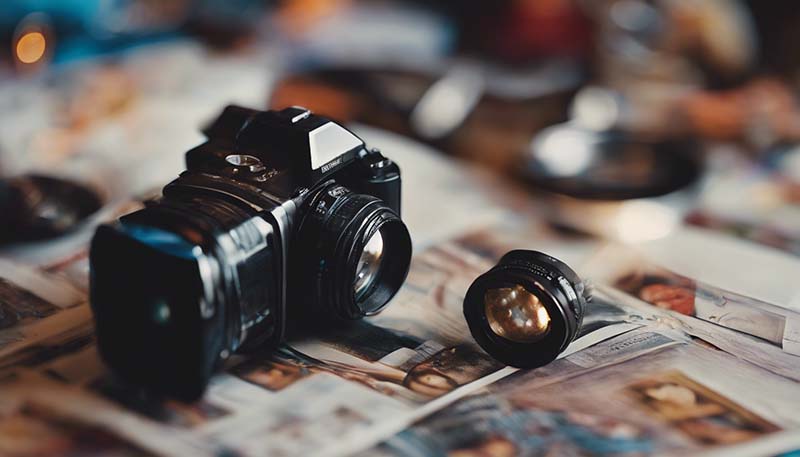The Intersection of Art and Religion: A Complex Relationship
The Intersection of Art and Religion: A Complex Relationship
The relationship between art and religion is a multifaceted and complex one, with each influencing and being influenced by the other throughout history. This essay will explore the various ways in which art and religion intersect, from the use of religious themes in art to the role of art in religious practices and the impact of religious beliefs on the creation of art.
Introduction
Art and religion have been intertwined since the dawn of human civilization. From the earliest cave paintings to the most contemporary installations, the spiritual has often found expression through the visual. Conversely, art has played a significant role in the propagation and expression of religious beliefs. This essay will delve into the historical and contemporary intersections of these two domains, examining the ways in which they have shaped each other.
Historical Context
Historically, many of the most significant works of art were created to serve a religious function. In the Middle Ages, for example, the majority of art was commissioned by the Church and was used to educate the faithful about biblical stories and Christian doctrine. The frescoes of the Sistine Chapel, painted by Michelangelo, are a prime example of this tradition.
During the Renaissance, there was a shift in focus towards humanism, but religious themes remained prevalent in art. Artists like Leonardo da Vinci and Raphael continued to explore religious subjects, albeit with a greater emphasis on human emotion and individualism.
Advertisement
Religious Themes in Art
Religious themes continue to be a significant source of inspiration for artists today. Whether it's the exploration of the divine, the expression of personal spirituality, or a critique of religious institutions, the intersection of art and religion offers a rich tapestry of subject matter.
Contemporary artists such as Makoto Fujimura and James Turrell blend religious and spiritual themes with modern techniques and materials, creating works that speak to both the mind and the soul. The use of light and space in Turrell's work, for example, can evoke a sense of the sacred and the transcendent.
The Role of Art in Religious Practices
Art is not only a means of expressing religious beliefs but also an integral part of many religious practices. From the iconography of the Eastern Orthodox Church to the intricate mandalas used in Tibetan Buddhism, art serves a functional role within religious rituals and observances.
Islamic art, for instance, is characterized by its focus on geometry and calligraphy, reflecting the prohibition against the depiction of living beings. The art of Islamic calligraphy can be seen as a form of devotion in itself, with the act of writing taken as an expression of piety and reverence for the divine word.
Religious Beliefs on the Creation of Art
The beliefs of the artist can have a profound impact on the creation of art. For some, religious faith provides a source of inspiration and a framework for understanding the world. For others, it may be a source of conflict or a subject of critique.
Artistic expression can be a means of exploring one's faith or questioning it. The works of Francis Bacon, for example, are often seen as a visual exploration of the human condition in the absence of a belief in a higher power.
Conclusion
In conclusion, the relationship between art and religion is a complex and nuanced one, with each influencing the other in profound ways. From the use of religious themes in art to the role of art in religious practices and the impact of religious beliefs on the creation of art, this intersection is a testament to the power of both art and religion to shape human culture and experience.
References
For further reading on the subject, consider the following sources:

- "Art and Religion" by Richard Harries (2003)
- "The Sacred and the Profane: The Nature of Religion" by Mircea Eliade (1957)
- "The Lives of the Artists" by Giorgio Vasari (1550)
- "Religion and Art: An Introduction" by Richard Kieckhefer (2004)
Comments